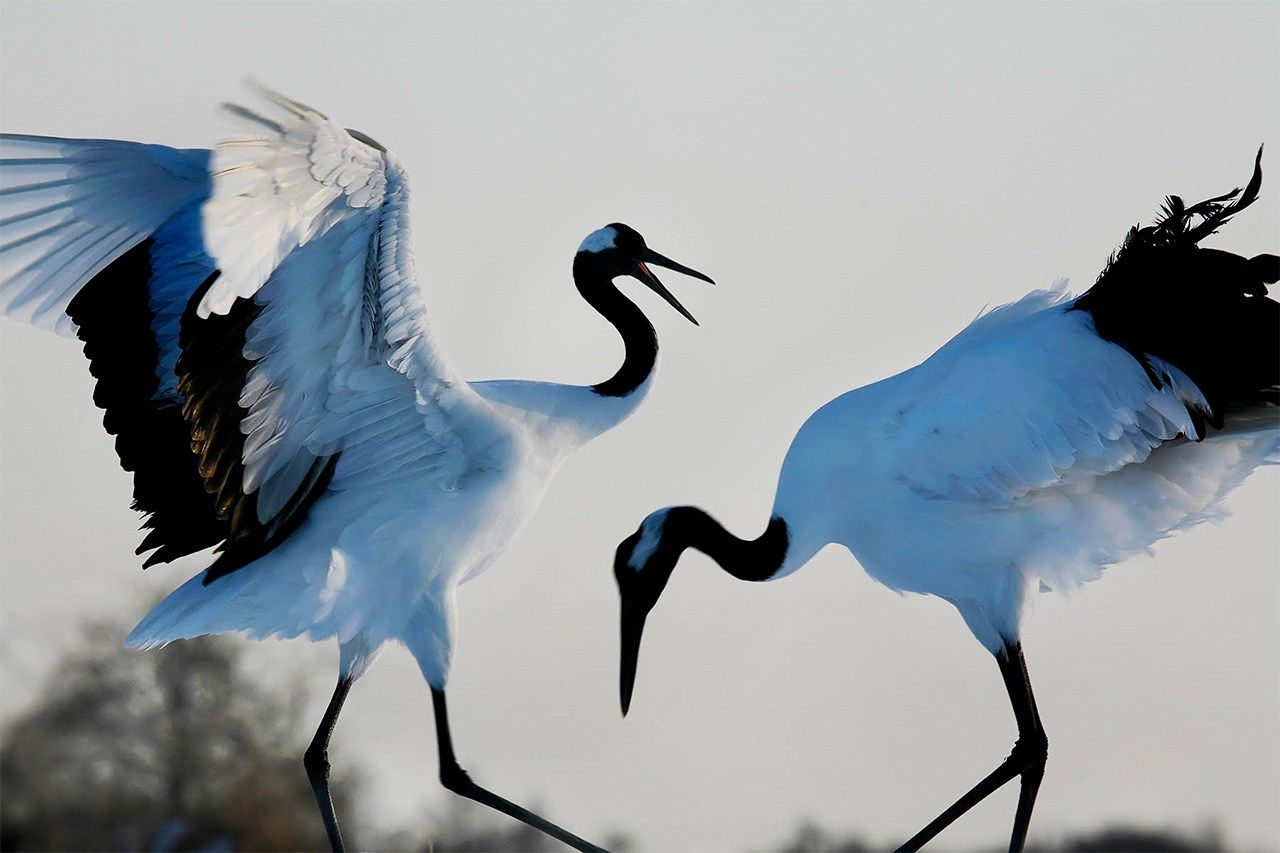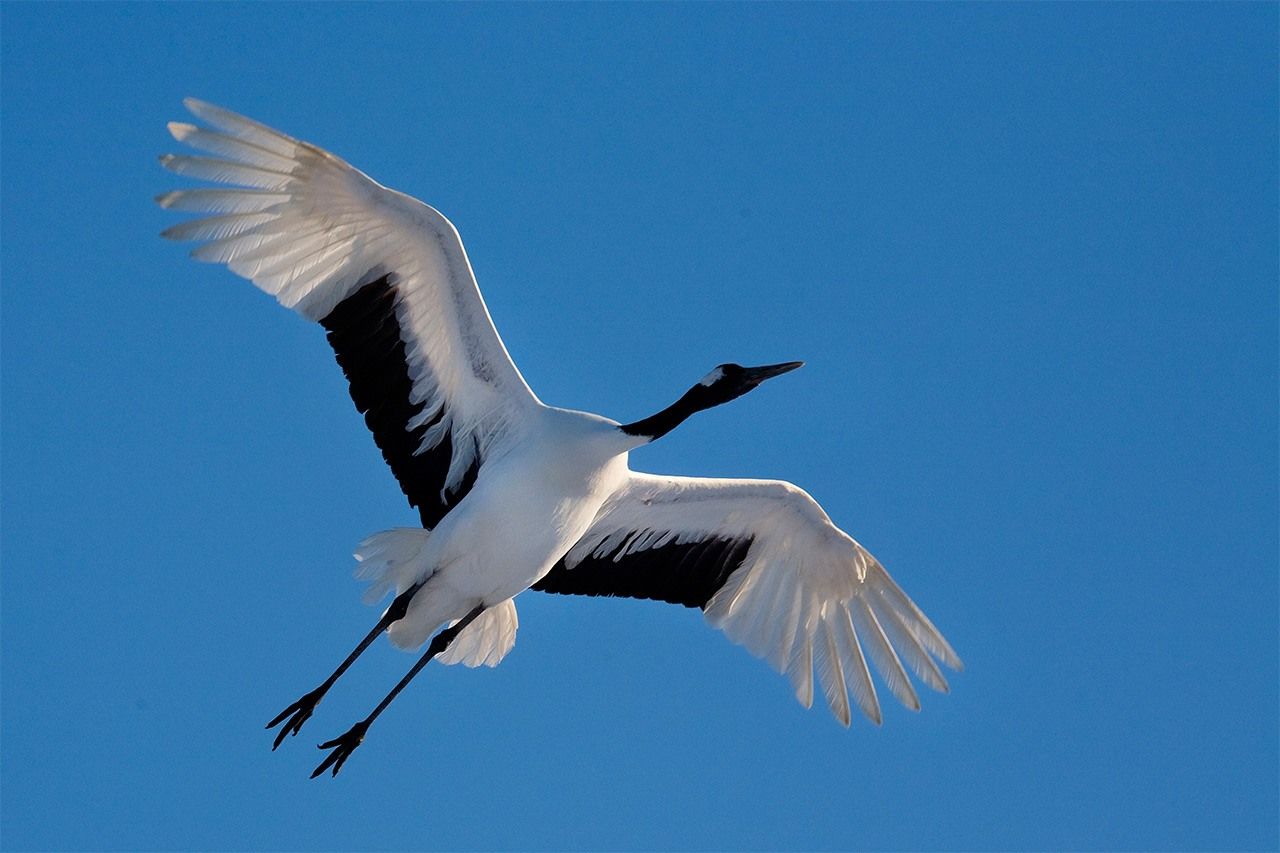
The Dance of the Divine Crane
JapanIn video
Environment- English
- 日本語
- 简体字
- 繁體字
- Français
- Español
- العربية
- Русский
In the wetlands of northern Japan, where the mist lingers over frozen marshes, the red-crowned crane (tanchō) moves with a grace that transcends mere instinct. Their dance begins with a deep bow, a gesture of reverence and devotion, followed by a piercing call that echoes across the landscape. As their voices rise in unison, other cranes are drawn into the ritual, answering with their own fluting cries.
With sudden energy, they leap into the air—their wings outstretched, feet barely touching the ground—in a synchronized choreography. This is no ordinary display—it is an ancient ritual of love and fidelity. The tanchō mate for life, and their courtship dance is a reaffirmation of their bond, performed not just once but throughout the years, a testament to their enduring connection.

Once driven to the brink of extinction due to overhunting in the late nineteenth century, the species was thought to be lost until 14 cranes were rediscovered in 1924. Since 1935, they have been protected as a Special Natural Monument under Japan’s Cultural Properties Protection Law. A century later, the population has grown to approximately 1,800. (© Hans Sautter)
For the Ainu people, this ritual holds deep spiritual meaning. The crane is believed to be a messenger of Sarorun Kamuy, the god of the wetlands, and its dance mirrors the rhythms of the natural world. In their ceremonial Sarorun rimse (Crane Dance), the Ainu replicate the bird’s graceful movements, honoring the divine forces that sustain life. The crane’s presence is seen as a blessing, a symbol of harmony between humanity and nature.
Beyond Ainu mythology, the crane has become a universal symbol of longevity, fidelity, and renewal in Japanese culture. It appears in folklore, wedding kimonos, and the sets of a thousand origami cranes (senbazuru) folded for wishes of health and happiness. The legendary dance of the tanchō, passed down through generations of cranes and human admirers alike, is more than a courtship ritual—it is a living expression of devotion, unity, and the eternal beauty of nature.
(Originally written in English. Banner photo © Hans Sautter)


